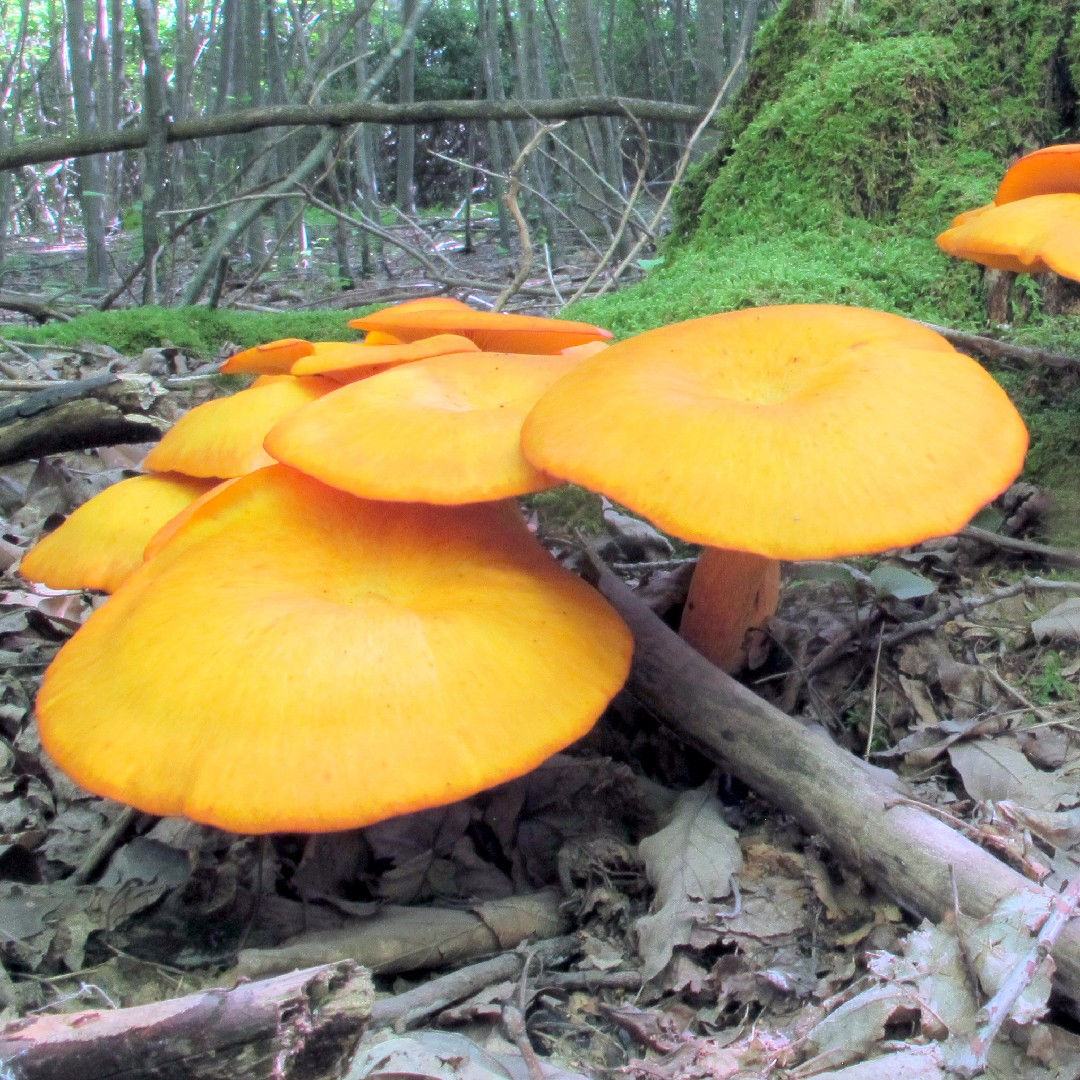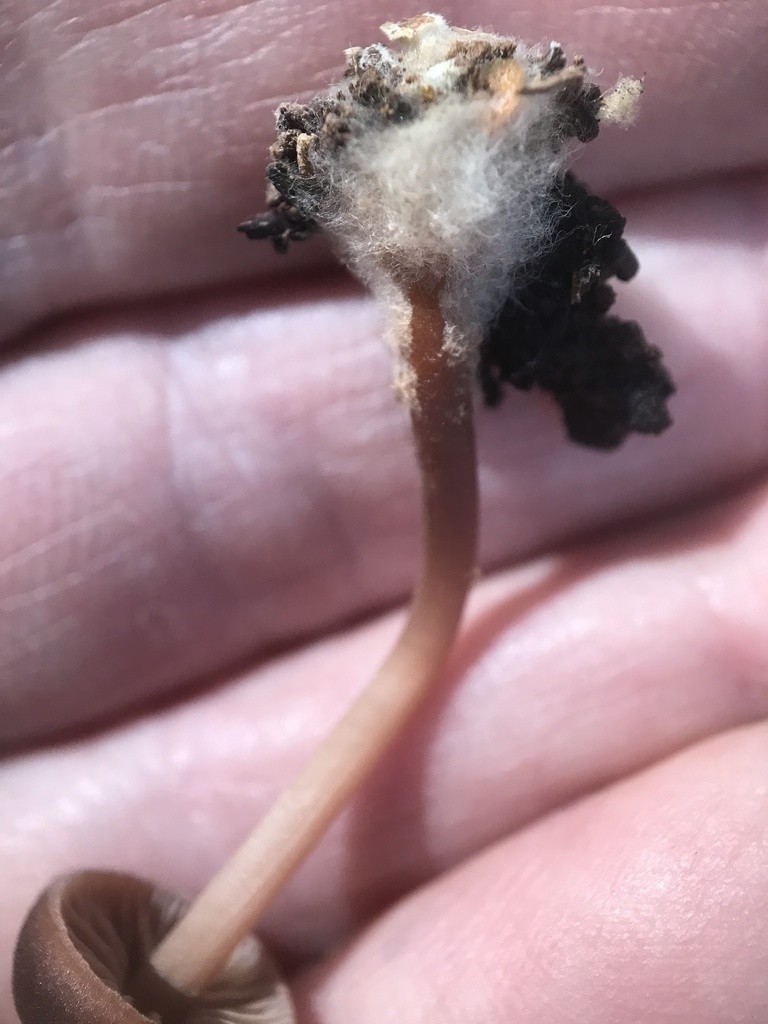Omphalotacées
Nom scientifique: Omphalotaceae
Omphalotacées
Nom scientifique: Omphalotaceae
 Photo By walt sturgeon (Mycowalt) , used under CC-BY-SA-3.0 /Cropped and compressed from original
Photo By walt sturgeon (Mycowalt) , used under CC-BY-SA-3.0 /Cropped and compressed from original La description
Ces champignons se caractérisent par leurs pieds robustes et résistants. Les omphalotacées ont la capacité de s’adapter aux période sèche, en se desséchant, jusqu'à ce que l’environnement leur permette de récupérer. Certaines espèces sont toxiques et leur consommation est ainsi fortement déconseillée. 

